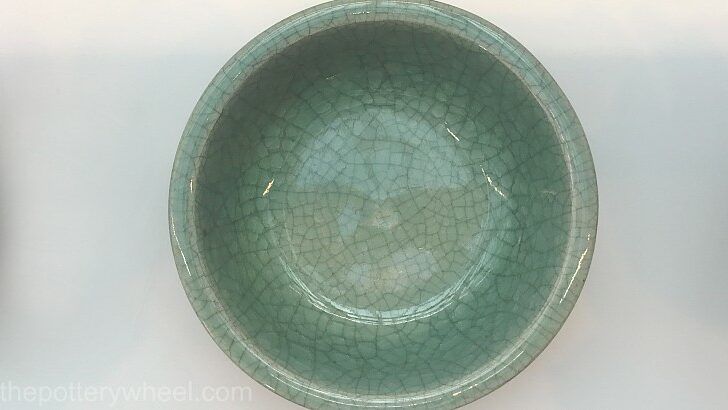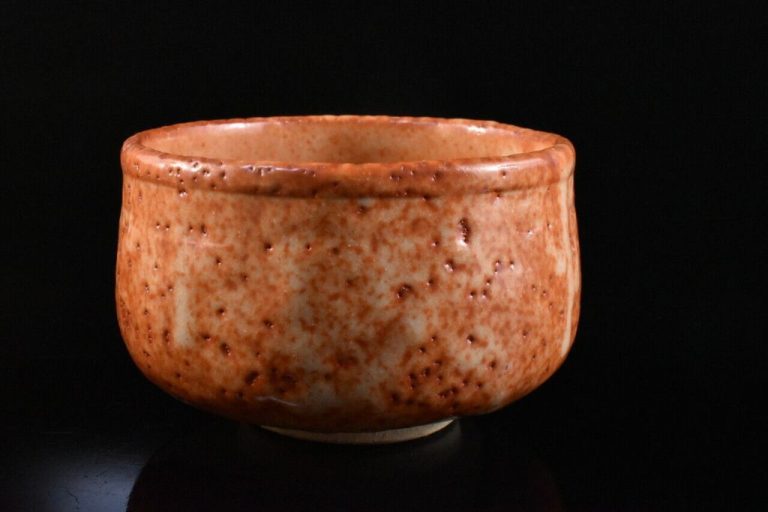How Do You Harden Clay Quickly?
Hardening clay quickly is useful for a variety of arts and crafts projects.
Some examples are:
- When working with clay that needs to dry quickly, like air-dry clay or polymer clay.
- For projects with multiple clay parts that must be assembled while dry.
- If the project needs to be completed within a short timeframe.
- If you need hardened pieces to continue working on other clay parts.
- When making pieces that will be painted or decorated after drying.
- For situations where slow drying could cause cracking or breakage.
Having the ability to quicken the drying time allows more flexibility and efficiency when working with clay. You can complete projects faster, assemble dry components, and avoid potential cracking issues. The right techniques make clay much more versatile for crafters and artists.
Preheat Your Oven
One of the fastest ways to harden clay is to bake it in an oven preheated to a very low temperature. Set your oven to the lowest possible temperature, which is usually around 170°F or 75°C. The low heat will slowly draw moisture out of the clay without overheating it. Make sure not to preheat the oven any higher than 200°F (93°C), as too much heat could crack or warp the clay.
Place your clay creations on a baking sheet lined with parchment paper or aluminum foil. The lining prevents them from sticking. Keep the oven door slightly cracked open with a wooden spoon or similar object to allow moisture to escape. The clay will harden in 1-2 hours, but you can leave it to bake longer for maximum hardness, checking periodically. Just keep the oven temperature consistently low.
Preheating an oven uses gentle radiant heat to slowly cure clay pieces. It gives you precise control over the temperature and drying conditions. While it takes longer than a microwave, an oven helps ensure clay items harden evenly without cracking. It’s a reliable way to harden clay safely at home.
Use a Food Dehydrator
One of the fastest methods for drying clay is using a food dehydrator. Food dehydrators are designed to remove moisture from food at low temperatures. They work great for drying clay as well.
Set your food dehydrator to the lowest temperature, which is usually around 95-115°F. Any higher may cause the clay to crack. Place the clay pieces on the dehydrator trays, making sure they aren’t touching each other.
Run the dehydrator for several hours, checking the clay every hour. The amount of time needed will vary based on the clay thickness. Thinner pieces may only take 1-2 hours, while thicker pieces can take 6 hours or more.
A food dehydrator dries clay gently and evenly. Just monitor the progress and remove the clay once it is hardened to your liking.
Use a Heat Lamp
One of the quickest ways to harden clay is by using a heat lamp. Position a standard household heat lamp 6-12 inches above the clay. The ideal distance is far enough to allow the clay to warm gradually without overheating. Heat lamps emit intense infrared radiation that heats surfaces below. Infrared waves excite water molecules in the clay, speeding up the drying process. Position the clay on a wire rack so air can circulate underneath. Rotate pieces every 5-10 minutes to ensure even heating. A 250W heat lamp can harden a 1⁄4 inch clay piece in 15-20 minutes. Larger or thicker pieces may take 30-60 minutes. Monitor the clay closely and do not overheat, as too much heat can cause cracking or scorching. Heat lamps provide controllable, accelerated drying without using an oven. Just be cautious of fire hazards and overheating risks when using high wattage bulbs.
Use a Hair Dryer
A hair dryer can be an effective and gentle way to harden clay quickly. Set the hair dryer to a medium or hot setting, but not so hot that it scorches the clay. Hold the hair dryer about 6-12 inches above the clay, moving it constantly to evenly distribute the heat. Too much concentrated heat in one spot can cause cracks or scorching. Move the hair dryer around to heat the entire surface of the clay. Test to see if it hardens in 5-10 minutes. If not, apply more heat. The constant airflow will draw moisture from the clay. Just be careful not to overheat any sections. Keep the hair dryer moving to quickly harden clay without damage.
Air Dry with a Fan
One easy way to harden clay quickly without using heat is to air dry it rapidly with a fan. Simply position a household fan so it blows air directly on the clay piece. The constant airflow will help draw out moisture from the clay much faster than air drying alone.
Point the fan about 1-2 feet away from the clay, adjusting the distance as needed. Keep the fan going nonstop until the clay has firmed up to your desired hardness. Test the clay every so often by touching it lightly to check the progress. Depending on the size and thickness of the clay piece, it may take anywhere from 30 minutes up to a few hours to fully harden.
An electric fan on a high setting works best, but even a small battery operated fan can significantly speed up the air drying time. Just make sure the airflow is constant. Rotating or oscillating fans that change direction may slow down the process.
Air drying with a fan is an easy, effective way to quickly harden clay without an oven or other heat source. It’s inexpensive, accessible, and ideal for larger clay pieces that may require longer drying times.
Microwave in Short Bursts
One of the fastest ways to harden clay is by microwaving it in short bursts. When microwaving clay, it’s important not to overdo it. Instead, microwave the clay for only 30 seconds at a time. After 30 seconds, carefully take the clay out and feel it to test its hardness. It will likely still be soft and require more time.
Continue microwaving the clay in additional 30-second intervals, checking the hardness in between. You may need to microwave it 3-5 times for a total of 90 to 150 seconds. Be very careful when removing the clay from the microwave as it will be hot. The clay is ready when it hardens to the desired firmness. Just be sure not to microwave too long or the clay can burn, crack, or warp.
Microwaving in short 30-second bursts gives you more control over the process. It heats the clay gradually while allowing you to closely monitor it. This prevents over-hardening or burning the clay. With the right technique, the microwave can be one of the quickest ways to harden modeling clay for your projects.
Use silica gel
One quick and effective way to harden clay is to bury it in silica gel inside an airtight container. Silica gel absorbs moisture rapidly through a process known as adsorption. Since clay hardens as it loses moisture, surrounding it with silica gel will accelerate the drying process.
To use this technique, fill an airtight plastic container with a layer of silica gel packets or loose silica gel beads. Make sure the silica gel is not saturated by first drying it out. Place your clay in the center of the container, making sure it’s fully surrounded by silica gel. Close the lid tightly to prevent moisture from getting in. Let it sit for several hours or up to a day, checking periodically until the clay has hardened. The silica gel will pull moisture from the clay, hardening it quickly.
Silica gel is inexpensive and widely available in craft stores and online. Just make sure to keep it away from pets and children, as the packets are a choking hazard. With this simple technique, you can rapidly harden clay without using heat or extended air drying times.
Avoid Direct Sunlight
When drying clay, it’s important to avoid placing it directly in sunlight. The intense heat and UV rays from direct sun exposure can cause the clay to crack or become discolored. Cracking happens because areas of the clay heat and dry faster than others, creating stress fractures. Discoloration occurs due to chemical changes in clay components when exposed to UV light.
Find an indoor or shaded outdoor location protected from sunlight to dry your clay, especially colored polymer clays which are particularly susceptible to fading. Drape a sheet or cloth over the drying clay if needed. Direct sun may speed drying, but sacrifices the structural integrity and aesthetic appearance of your clay work.
Conclusion
In summary, the quickest methods for hardening clay are using a food dehydrator, heat lamp, or hair dryer. These methods allow you to apply concentrated heat to the clay, drying it out rapidly. For best results, use a lower heat setting and periodically check the clay to avoid overheating. Allowing clay to air dry with a fan or preheating your oven to a low temperature before turning it off and placing the clay inside are also effective techniques. While microwaving clay can speed up drying, take care not to microwave it for too long or the clay can overheat, crack, or scorch.
When hardening clay quickly, remember to watch it closely and adjust the drying methods as needed. If drying clay in the sun or with heat, turn it periodically so it hardens evenly. Letting clay dry fully before baking, painting, or sealing it will help avoid cracking. With some simple techniques and observation, you can rapidly harden clay for your projects.


